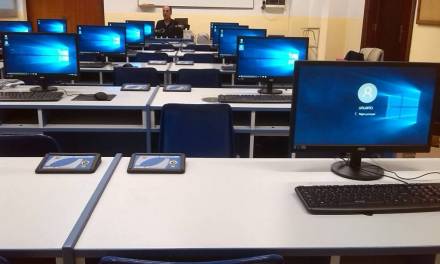One-to-one support to small classroom delivery to support your students who need to catch up the most.
The new school year is back underway, with a strong focus on student catch-up and teaching specific smaller groups (“bubbles”) in order maintain social distancing.
This presents an opportunity to teach young people a more learning tailored to their needs. This blog post explains how this can be done.
For more information call 01909 568338 or use the contact form below.
The importance of tailored learning
A tailored learning environment means you are meeting the needs, skills and abilities of those children in your classes directly. Learning and development is rarely a one-size-fits-all situation.
Technology means you can produce specific platforms to the student, and have an accurate monitoring process so that all students are learning at close to the same rates.
Not everyone is a specialist in certain areas, and tailored learning means you can pinpoint and improve these skills via one-to-one support.
One-to-one support: a key to success
According to Training Journal:
As the uptake of e-learning in business grows, organisations have started to adapt and drive flexible and intuitive learning, through web-based applications. Yet many businesses still struggle to take into account the varying make-up of their workforce, its current skill set and ever-changing learning needs.
This is ultimately true in a school environment as harnessing those skills means you can bring students up to speed where necessary.
Why one-to-one support is different
Classroom management: It may seem that there is little or no classroom management required in a one to one class, but there are still key decisions to be made about how the classroom is set up, where you and your learner should sit, how you should manage the physical resources etc.
Materials: Aside from the fact that you almost always have to adapt existing materials extensively to suit a one to one class, many teachers find that they can use material that the learner has produced or that they have found together.
Timing and structure: One to one classes, especially private ones, often move at a pace decided by the learner and their needs rather than an institution’s course/term structure. There is also flexibility in the length of classes, which can be timed around learning aims rather than a timetable. Often there is no need to think about an exam or other formal evaluation.
Roles and relationship: The normal roles of a large group often change in a one to one class, where the intimacy of interaction can mean that you become much more of a friend to the learner – or an enemy. There is often a shift away from a teacher-centred dynamic and as a result the learner takes on a much more equal role in making decisions about the class.
Techniques: Although many techniques we use in a large group are applicable to a single learner, they will always change either in how they are applied or why. For example, you may find that extended listening or reading texts are not the best use of time and need to be adapted. Other techniques may be more suitable to a one to one class, such as reading aloud to the teacher to focus on the features of connected speech.
Pressures: The fact that both teacher and learner are alone together for the duration of the class means a different kind of pressure – sometimes greater, sometimes less. For example, there is considerable pressure because both are ‘always on’, and the need to achieve results can be much greater for the teacher, but the learner may feel less pressure because there no others in the class.
Motivations: Many learners decide that they need a one to one class and then seek out a teacher, organise materials, schedule times, and agree cost independently. They are often highly motivated to learn. For the same reasons, you may be much more motivated to teach. In addition, you may feel a much higher degree of responsibility for one learner than a large group where many learning factors are outside their control.
Benefits of EDClass tailored learning
EDClass can provide one-to-one tailored learning support.
A tailored learning pathway means learning can be allocated to learners depending on their needs. 11,000 lessons are available in a wide range of subjects.
A sophisticated tracking programme means teachers can log-in and provide additional resources based on their knowledge areas. It also improves parental engagement by knowing where children are at with their learning.
Read more: tracking and safeguarding
For more information call 01909 568 338.










